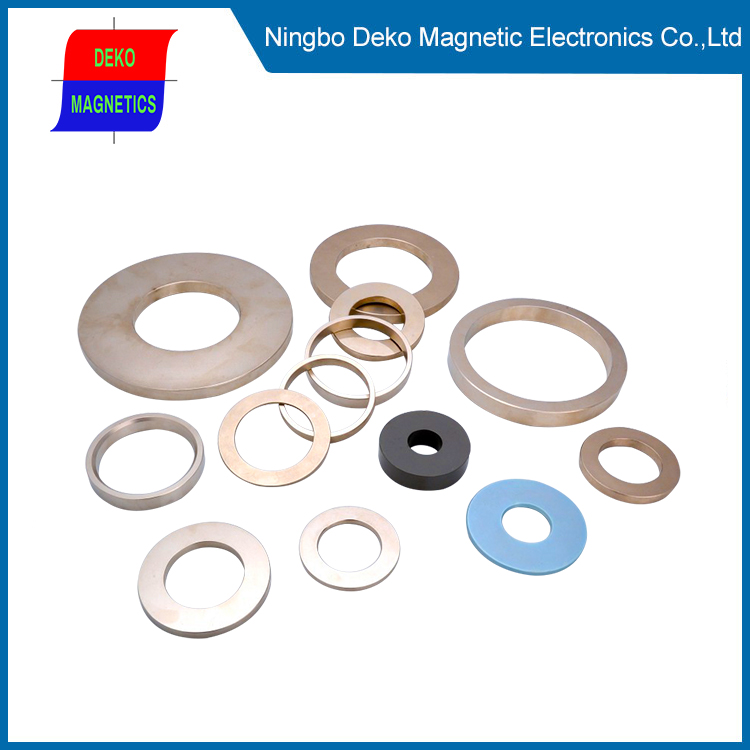
NdFeB magnets are very easy to corrode. Therefore, most finished products need to be plated or coated. Conventional surface treatment includes: nickel plating (nickel copper nickel), zinc plating, aluminum plating, electrophoresis, etc. If working in a closed environment, phosphating can also be used.
NdFeB magnets are widely used and rapidly developed magnet products. It is only 20 years since neodymium iron boron was invented and is now widely used. Due to its high magnetic properties and ease of processing, the price is not very high, so the application field expands rapidly. At present, the magnetic energy product of commercial NdFeB can reach 50MGOe, 10 times that of ferrite.
NdFeB strong magnet is also a powder metallurgy product, and its processing method is similar to that of SmCo. At present, the maximum working temperature of NdFeB is about 180 ℃. In case of severe environmental application, 140 ℃ is generally recommended.
The maximum magnetic energy product of NdFeB strong magnetic field is 5~15 times that of sintered ferrite, and the intrinsic coercive force is 5~10 times that of ferrite and 6~10 times that of Al Ni Co; The potential magnetic properties of Nd-Fe-B are very high. Theoretically, its magnetic energy product can reach 527kJ/m3 (66MGOe), and even can absorb objects 640 times heavier than themselves. Because sintered NdFeB is easy to corrode, its application has limitations; When applied in the environment of high humidity, high temperature, high acid and high alkali, sintered NdFeB must undergo surface coating treatment. The coating methods can be electroplating (Zn, Ni, NiCuNi, Au, etc.), electrophoresis (epoxy resin), parylene, and the combination of these coatings;
Recently, with the technical innovation of composition and process, the corrosion resistance and temperature stability have been significantly improved. However, up to now, the temperature stability of NdFeB materials is still poor, and the magnetic flux loss at high temperatures is still large.
